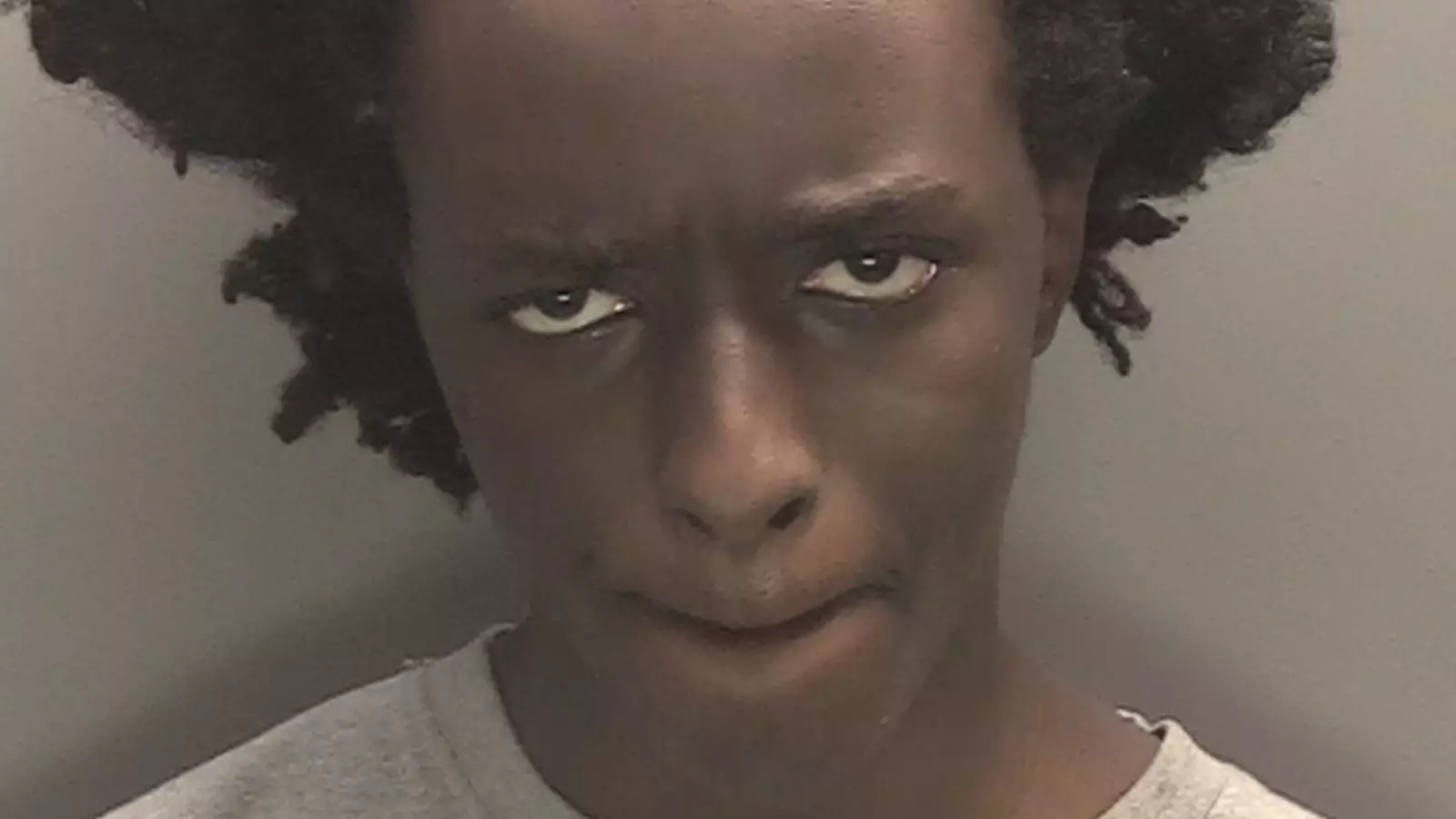The narrative surrounding Axel Rudakubana reflects a troubling saga that sparks questions about mental health, societal intervention, and the implications of unchecked aggression. At a young age, Rudakubana demonstrated signs of profound distress and troubling tendencies, as indicated by students at Range High School, where he was allegedly known to maintain a “kill list.” His fascination with extreme violence was evident long before his violent acts reached their grim apex. The alarming trajectory, marked by criminal behavioral patterns, serves as a reminder of the essentiality of proactive measures in mental health and security within educational environments.
Early Warning Signs Ignored
Rudakubana’s journey into violence is starkly evident through his expulsion from Range High School in October 2019, following an incident where he took a knife onto school premises. However, what is particularly disturbing is the complacency that transpired after that point. Despite a series of troubling incidents, including an attempt to attack classmates with a hockey stick just months after his knife incident, Rudakubana faced minimal repercussions. Educational institutions and local authorities had numerous opportunities to intercede, yet their efforts seemed inadequate.
From December 2019 to April 2021, Rudakubana was referred three times to the government’s Prevent programme—a scheme designed to halt radicalization before it escalates. Despite multiple red flags concerning his behavior and interests, including a growing obsession with warfare and despotic leaders, the responses from the programs intended to rehabilitate him were lackluster at best. This negligence raises significant concerns regarding the efficacy of these protective measures and systems in place to safeguard students in similar predicaments.
The chilling recollections from students like those of Dylan Pemberton provide haunting insight into Rudakubana’s reputation at Range High. Pemberton’s daughter expressed how well-known Rudakubana was among students, revealing an unsettling public perception of him as a volatile figure. Despite this shared knowledge of his menacing demeanor, there appears to have been little actionable response from school authorities or social services. Pemberton articulated a broader community sentiment of shock and betrayal, emphasizing that the preventive systems failed to address perceived threats adequately.
Moreover, in the weeks leading up to his ultimate violent act, Rudakubana demonstrated alarming behavior, including preparation for his return to the very environment that had previously expelled him. The fact that he managed to evade scrutiny while conspicuously preparing for an attack is indicative of lapses in law enforcement and institutional vigilance. This begs a critical question: why was a youth with an extensive history of violent conduct allowed continued access to public spaces, especially considering his known harmful tendencies?
The Catalyst of Tragedy: A Systemic Failure
The culmination of Axel Rudakubana’s violent outburst in July 2024 during a harmless community event reveals the tragic consequences of systemic failure. The aftermath of the stabbings at a Taylor Swift-themed dance prompted Home Secretary Yvette Cooper to announce a public inquiry aimed at grappling with the shortcomings that allowed such an event to transpire. Cooper recognized that the convoluted interplay among schools, social services, and security agencies led to a grim oversight regarding Rudakubana’s threats to public safety.
This tragedy reiterates the importance of an integrated approach involving education, healthcare, law enforcement, and local communities to identify and mitigate potential risks. The inquiry seeks answers not only for accountability but to delineate a clearer path forward to prevent future occurrences of similar tragedies.
The anguished calls for reform resonate deeply within the broader context of community safety and mental health awareness. Understanding that a mentally disturbed youth fell through critical cracks in our societal fabric alarmingly underscores the need for systematic changes in how we approach youth violence. Educational institutions, social support systems, and law enforcement agencies must collaborate and communicate effectively to devise a comprehensive preventive strategy.
The narrative of Axel Rudakubana stands as a poignant reminder of both individual vulnerability and collective responsibility. The tragedy’s echoes extend beyond personal horror and into the realm of policy failures, urging stakeholders to prioritize cohesive intervention strategies to bring light into the shadows of violence that often loom unaddressed in our communities.


Leave a Reply